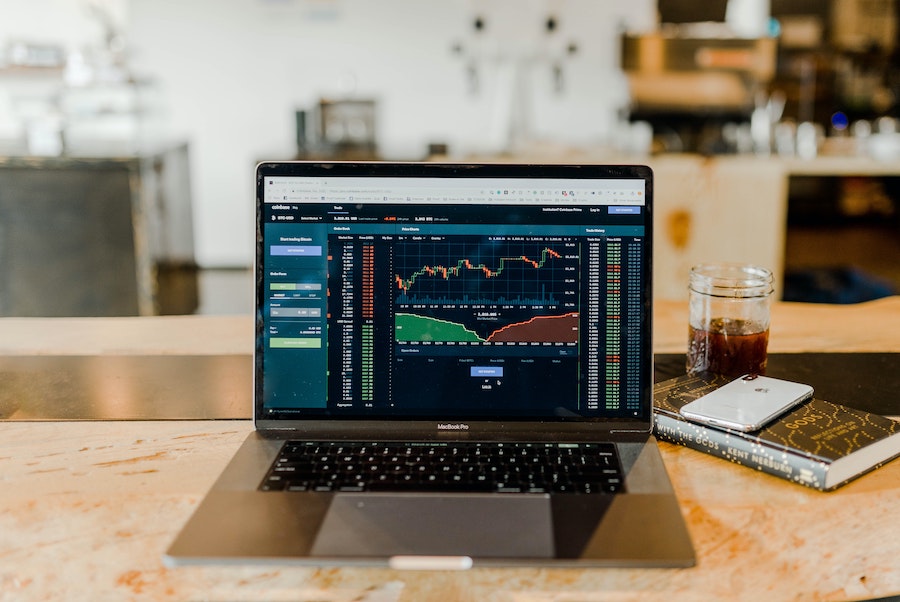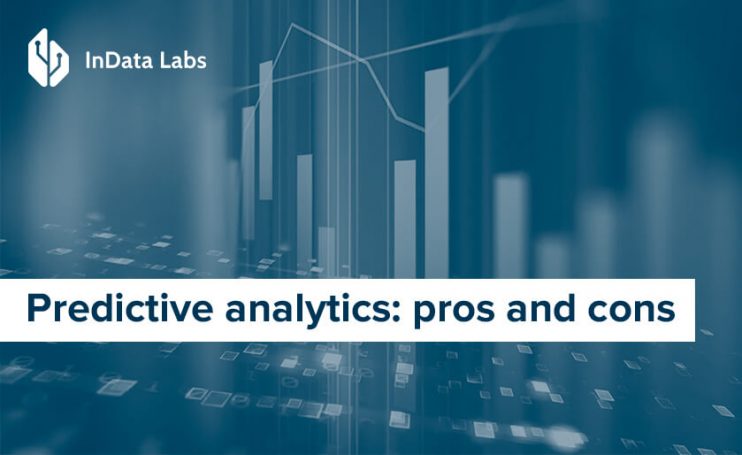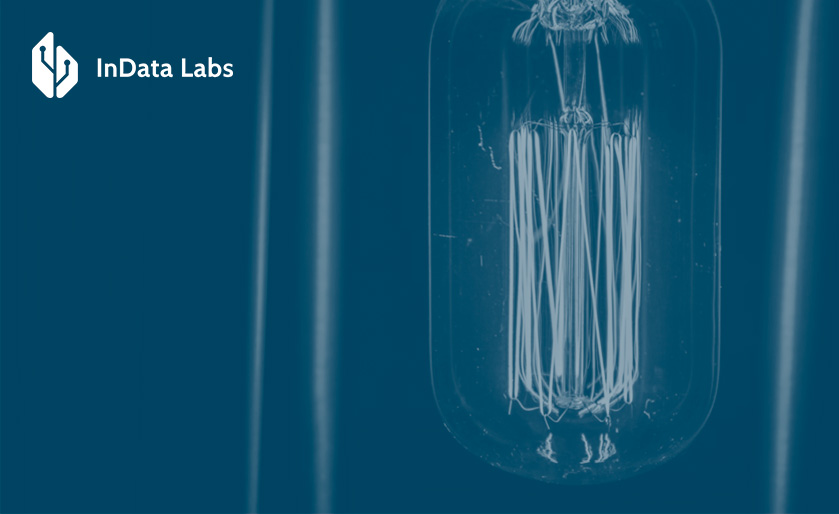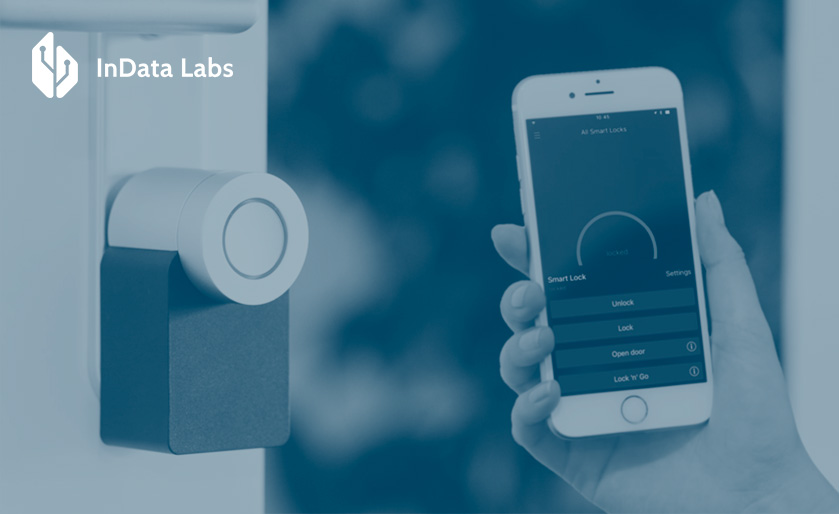Humans generate about 2.5 quintillion bytes of data every single day. With so much information readily available, every data analytics company is scrambling to learn how to streamline business processes and boost profit based on predictive insights. Generating insights and predicting future events, performance, or relationships from massive amounts of data is called predictive analytics. Read further to learn about predictive analytics pros and cons.
Predictive analytics is quickly becoming one of the most popular ways companies learn about trends in their industry. While predictive analysis benefits industries, there are also a few drawbacks organizations need to be aware of before investing in a predictive analyst.
What is predictive analytics?
Predictive analytics, also known as predictive intelligence, is data science concerned with generating accurate and reliable insights on the likelihood that future events, trends, and relationships will occur.
This form of analysis combines statistical modeling, data mining, and machine learning into a single tool to improve an organization’s decision-making process. Organizations using predictive analytics gain a competitive foothold in their industry by identifying trends and forecasting how human behavior can positively or negatively affect their company.

Source: Unsplash
Who uses predictive analytics?
Any data analytics company is going to have its hands in predictive analytics. But data analytics providers are not its only users. In fact, predictive analytics are useful in any sector that has access to a wealth of data on relevant issues. Many industries have been making the switch to Big Data analytics in recent years to stay competitive and improve business practices. These industries include, but are not limited to:
Retail
Retail companies use predictive analytics to understand how well a store meets its sales requirements, how online sales perform, and what steps need to be taken to make a larger profit. In the retail industry, this form of analysis focuses on how customers behave to understand what items they prefer to purchase or what stores they shop at.
Healthcare
For healthcare, investing in predictive analytics software allows hospitals to manage supply chains, predict and prevent patient deterioration, prevent patient suicide and self-harm, and more. It can also help speed up a patient’s diagnosis and identify treatment options that will be more effective for a patient.

Source: Unsplash
Pharmaceuticals
The Pharma industry leverages predictive intelligence to improve patient health outcomes. By incorporating insights generated from predictive analysis into marketing campaigns, Pharma companies can increase patients’ awareness of treatment options available to them.
Pharma marketing campaigns have become more proactive than reactive since employing predictive intelligence, which keeps patients healthier and happier.
Banking and financial services
Predictive analytics enhances a plethora of financial processes and offers insights to solve various business problems. The banking and financial services industry relies heavily on this form of analysis to predict revenue, improve supply chains, and detect fraud.
Insurance
In the insurance industry, predictive analytics streamlines a company’s risk assessment for each customer, which was once performed manually. This not only saves companies valuable time but also improves their risk management processes.
Insurance companies are also better equipped to identify fraudulent claims, determine how to triage resources, and reduce operating expenses when using predictive analytics.

Source: Unsplash
Oil and gas
The oil and gas industry uses predictive analytics to prevent disruptions in the global supply chain. By forecasting when essential machinery will need maintenance, oil and gas companies can keep operations moving seamlessly and take preventative measures to reduce risk to the environment.
Because oil and gas employees work closely with large pieces of equipment, predictive analytics can help increase safety for workers.
Government and public sector
In the public sector, predictive analytics helps agencies prevent financial loss, circumvent harmful actions against information technology, and even save lives.
Since the public sector relies heavily on databases, the federal government has a unique advantage in predictive analysis. Government agencies use this form of analysis to inform policy on defense, security, human services, and healthcare.
Aerospace
Like the oil and gas industry, the aerospace industry leverages predictive analytics to prescribe proactive maintenance to airlines. Rather than responding to a problem after it occurs, airlines can prevent problems from arising at all. Predictive analytics increases the safety and reliability of the aerospace industry.

Source: Unsplash
Advantages of predictive analytics
The benefits of predictive analytics are wide-reaching. Take a closer look:
Improves decision making
How much predictive analysis can improve an organization’s decision-making process directly correlates to the amount of data that an organization has access to. For many companies, this correlation helps them.
Predictive analytics allows businesses to identify patterns in customer purchasing behavior, determine what practices are helping or hindering profit, and decide what actions to take to improve business.
Increases efficiency
Many industries rely on predictive maintenance to keep equipment working and reduce disruptions to a company’s supply chain. Disruptions to operations not only diminish profits but have far-reaching effects on the industry. For example, a major disruption in the oil and gas supply chain could cause increased fuel prices worldwide.

Source: Unsplash
Predictive analysis increases not only efficiency by preventing equipment malfunction. It can also identify new ways to streamline business transactions, reduce unnecessary waste, and allow companies to adjust to trends faster.
Improves risk management
Every industry has a certain amount of risk involved in day-to-day operations. How companies balance these risks can make or break their success. Effective risk management allows companies to grow and expand in the right direction.
Predictive analytics can study massive amounts of data to expect and prevent fraud, detect vulnerabilities, and prevent major financial losses. Organizations using predictive analytics can learn from past mistakes in order to craft a more successful future.
Boosts sales
By studying human behavior patterns, predictive analytics can help businesses boost profits. This form of data analysis allows organizations to track individual customers and create personalized marketing strategies tailored to a person’s interests.

Source: Unsplash
Organizations can discern successful marketing campaigns from unsuccessful ones to create the conditions necessary for a customer to want a product.
Provides competitive intelligence
The insights provided by predictive metrics can be a company’s secret weapon. Any single business competes with dozens of others to offer customers the same product, so having an edge over one’s competitors can mean the difference between making or losing profit.
Improves supply chain management
Predictive analytics streamlines supply chain management by tracking how resources are used and predicting when they need to be replenished. This kind of analysis can identify patterns in which they sent resources to make resupply a more automated process.
Drawbacks of predictive analytics
While predictive analytics tools can be useful in a business’s arsenal, there are a few drawbacks organization leaders need to be aware of.
Cannot predict all human behavior
It’s true that predictive analysis can accurately and reliably expect human behavior if this tool can be a game-changer for many businesses. However, it’s important to recognize that not all human behavior can be foretold.
The global financial crisis of 2008 – 2009 is an example of technology’s inability to foresee all likely outcomes.
Data sets need to be updated consistently
The successful predictive analysis relies on consistently updated information. In this sense, time is a major factor in how accurate a prediction may be. Data from a year earlier may be too outdated to predict trends and patterns in today’s global market, which could cause major financial losses for an organization.

Source: Unsplash
Must have clear goals
Before an organization invests in predictive analytics, it’s imperative to have clear goals to achieve or problems to solve. Otherwise, precious time and money may be spent mining data that doesn’t have real correlations to understand.
When first starting out with prediction analysis, some businesses believe that mining their data – all data – will produce valuable insights to change the way a business operates. This kind of generalized thinking can be dangerous, since the true value in prediction analysis comes from thoughtful questions about known problems.
Incomplete data
Organizations using predictive analysis are working with the assumption that there is enough data available to generate useful insights. But what happens when a data set isn’t complete? An incomplete data set will skew insights, which can increase a company’s risks.
Some data may be inaccurate
Companies that rely on data gathered through surveys know that not all customers provide honest or accurate information. Inaccurate data doesn’t occur because people are dishonest, but might be more influenced by personal reservations. Regardless, inaccurate data will only provide skewed insights.

Source: Unsplash
Predictive analytics: real-world examples
Predictive analysis is great in theory, but truly understanding how this tool can affect an organization’s day-to-day operations, it’s necessary to see how it works in action.
Healthcare
The pros and cons of predictive analytics in healthcare. By utilizing artificial intelligence, healthcare providers are better able to improve patient outcomes. Medical professionals use machine learning to expect what treatment options will be more effective for a patient.
Predictive analytics offers improvements to the decision-making process in the medical field. For example, scientists at the University of Michigan used predictive analysis to create a blood test that allows medical professionals to assess how patients are reacting to treatment months sooner, which then allows doctors to switch treatment options quicker.
Medical professionals interact with enormous amounts of data on a day-to-day basis, which can lead to information fatigue. Data science, and predictive analytics, in particular, can provide relief to medical staff, which allows these professionals to focus on patient care. Although predictive analytics can save lives in the medical field, it also poses several legal challenges that prevent it from being more effective.
The biggest challenge data science faces in healthcare is patient privacy. The healthcare system has legal structures in place to protect patients’ privacy, such as HIPAA, the Health Insurance Portability and Accountability Act passed by Congress in 1996. Predictive analytics also poses a threat to doctors. Although its main purpose is to assist doctors in providing care for patients, many fear that predictive analytics, like other artificial intelligence systems, will eventually replace the need for a doctor in some situations and put people out of jobs.
Business
Big data analytics for businesses has pros and cons unique to its industry. When companies use the insights generated from predictive analysis, they create better experiences for their customers. These insights come from social media, customer loyalty cards, relationship management systems, and other points of customer contact. Companies that invest in advanced analytics also gain a competitive edge. By taking steps to understand customer behaviors and preferences, one-time customers are more likely to return to the future.
Predictive analysis also helps businesses increase productivity and reduce expenses. A better understanding of how a company’s resources are being used or wasted can help business leaders cut out inefficient methods and find viable solutions.
For many businesses, fraud and other transactional errors can cause financial loss. Studying trends in customer information can help companies detect fraud sooner and save money.
A company might experience some growing pains when shifting its strategy to incorporate big data analytics. It takes time and specialized employees to analyze massive amounts of data for valuable insights. Adding predictive analytics tools to a company’s overall strategy may increase costs in the short run.
Access to more information also means that a company will more frequently encounter false or useless information. Parsing out false information and ensuring a company only analyzes relevant data can slow down the process, so an action intended to make a business more efficient can backfire.
Predictive analytics: here to stay
Because technology has become so deeply integrated into day-to-day life, predictive analytics is likely to become more necessary for organizations to operate. As the field continues to develop, the predictive analysis may find solutions to the drawbacks listed in this article.
Author Bio
Jonathan is a technocrat and an avid outdoor enthusiast. He is a community manager, and a committed team member. When he isn’t working to make the internet a better place, Jonathan can be found exploring the great outdoors and beautiful coastlines with his sidekick, Zen, a very energetic Weimaraner.
Predictive analytics to enhance your business
Looking for a reliable AI vendor to improve your existing solution or develop one from scratch? Email us at info@indatalabs.com, and we’ll get back to you soon with some ideas.



